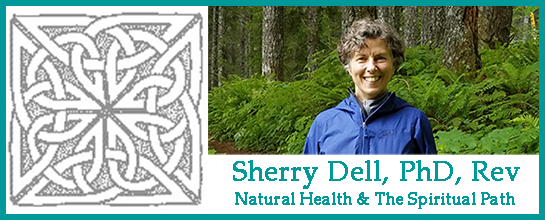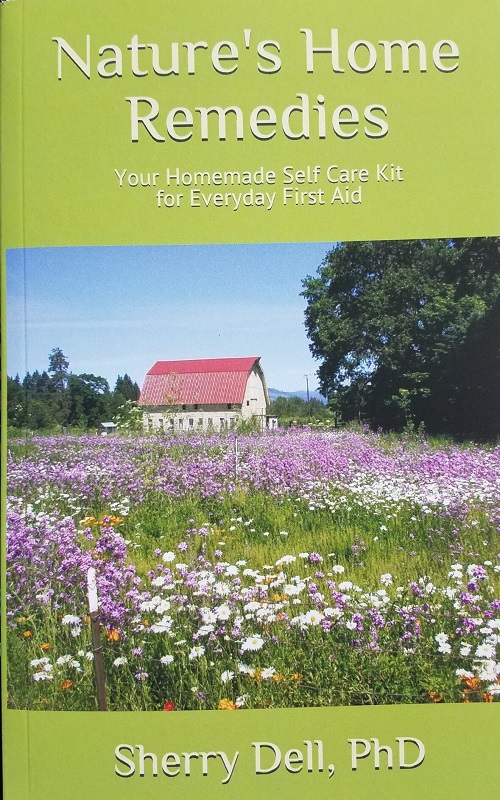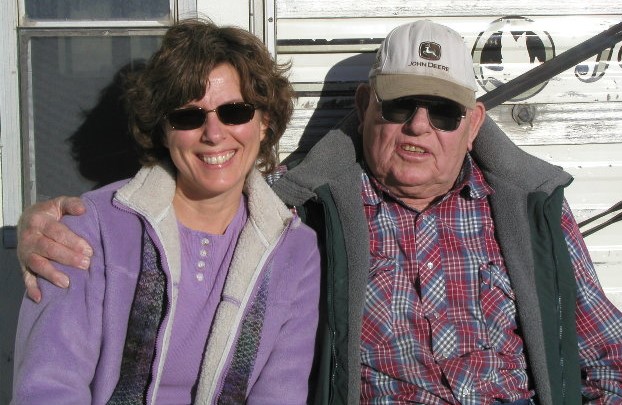- Breathing
- Appreciating
- Moving
- Sleeping
- Hydrating
- Pooping
- Eating whole food
- Stretching
I woke up this morning thinking about this short and condensed version of all the principles of health I have learned over the past 30 years. And I realized how truly powerful these simple actions are in relieving pain, renewing energy levels, regaining optimism and a sense of humor, and generally restoring health.
If it seems like you’re already doing all these things but you have your fingers positioned to dial the doctor’s office, take a minute for a second look. It might be the dose or the frequency that is deceiving you.
- Breathing: Fortunately our bodies manage the kind of breathing required to sustain life without our having to give it a second thought. But the difference between the kind of shallow, collarbone-up breathing that happens automatically and the full belly, diaphragmatic breathing that will reduce pain and heal everything from a bad attitude to chronic illness is the difference between the mud puddle in your driveway and the Pacific Ocean. Next time you become aware of some pain in your body, stop what you are doing and take 5 deep breaths that begin by filling up your belly and stomach space, then your heart space, and then all the way up to your throat. Count from 1 to 5 or 6 or 7 or 8 while you do this (this number will get bigger as you practice). Now exhale to the same number as your inhale; in other words, breathe out slowly. I say 5 breaths because, this health technique is so powerful that if you try to make it to 10 breaths, you may likely suffer some “side effects” that can be confusing: dizziness, blurred vision, tingling sensations and more. Just start with 5 breaths and work slowly up to 10. The side effects are a kind of detoxification symptom that comes from providing your cells with more oxygen than they normally get in a week’s worth of shallow breathing. When you’re done, notice what happened to the sensation of pain.
- Appreciating: To increase your dose and frequency of appreciation in your life, adopt a tangible, daily practice of appreciating things. Here are a few possibilities, but feel free to come up with your own: before you get out of bed in the morning, name 5 things you are sincerely grateful for, set a time each day to sit down and write 1-5 pages of positive aspects — these can be things in your own life experience or in others, they can be things you love, things you find beautiful, things that make you laugh, things you loved from your childhood, etc., find a “gratitude partner” and commit to spending 10 minutes (or an hour) a day with that person taking turns naming things you are appreciating in the world. You get the idea. It is nearly impossible to feel gratitude and misery at the same time.
- Moving: Unless you are an athlete, in training for a marathon or triathlon, or a professional dancer, chances are you will feel better if you increase the amount of time you put your body in motion each day. Begin with a motion and frequency that you can not find an excuse not to do: say 1 minute of walking or rebounding or dancing in your living room. The commitment is the thing. If you are already walking for 15 minutes/day, increase to 20 or 30 minutes/day.
- Sleeping: Lack of sleep is the American crisis of our time. We had been on track for a long time toward this crisis and then Starbuck’s and Caribou Coffee and Peet’s and Seattle’s Best and maybe 10,000 other corner coffee shops exploded in popularity and now caffeine is literally available in staggering doses and flavors everywhere you look. But if you are not sleeping 7-9 hours of uninterrupted sleep every night, your body is not able to keep up with its nightly housekeeping, healing and regrowth duties. It isn’t easy to solve this problem on your own; find a practitioner who knows how to help you. Just don’t ignore the problem. And don’t take advise from any practitioner whose only advise requires you to take prescription sleep aids.
- Hydrating: This is something I’ve written about ad nauseum because to me it is the single simplest, cheapest, most powerful medicine you can get your hands on. Water. Preferably non-chlorinated, non-fluoridated water. The simple rule is this: take your weight in pounds, divide it in half and drink that many ounces of water/day. If you are also drinking diuretics (anything containing caffeine or alcohol), either cut them out or increase your water intake even more. Yes it is possible to drink too much water, but 99% of the population is not.
- Pooping: Bowels need to move every day and preferably every time you eat. If something goes in, something should come out. If not, your septic system is backing up and this will eventually result in symptoms ranging from headaches to skin conditions, to chronic lung conditions, to hormone and lipid imbalances and many, many more. Again, you may need a holistic practitioner to help you figure out why you aren’t pooping regularly but know that the answer is not a laxative.
- Eating whole food: Keep a food record for 3 days. Write down everything you eat and drink or swallow and include any symptoms you are having on the same pages. Now highlight only the whole food you are eating. Whole food means food that has been consumed in the same form it lived (animal flesh generally needs to be cooked of course). Vegetables and fruits and grains may also be cooked but you should still be able to recognize what they looked like when they were growing in the garden. If your food record isn’t at least 80% highlighted, you have room for improvement.
- Stretching: Find a book on this subject or attend a yoga class. Stretch every morning after you have woken up but before you eat. Even 5 minutes will change your world.






